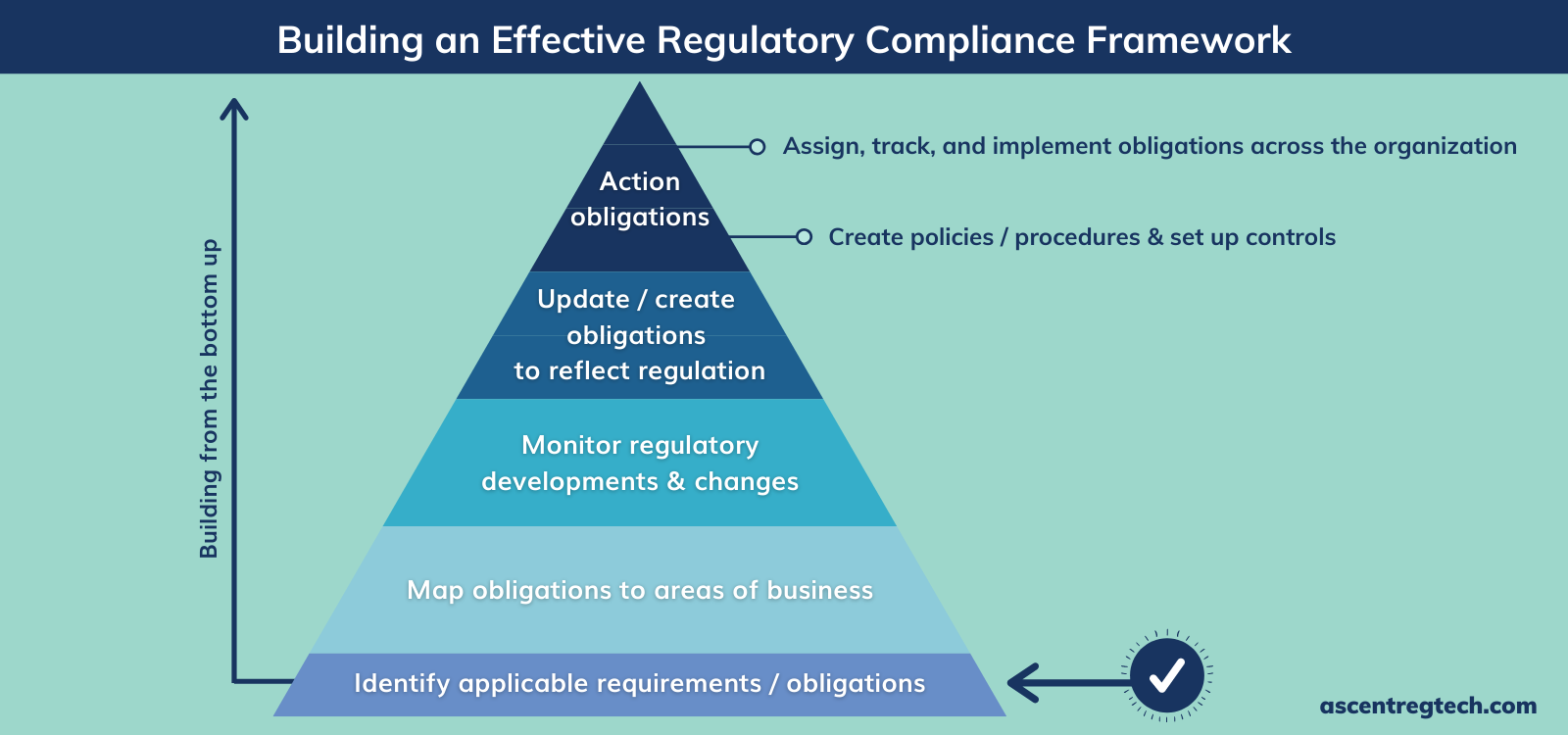"Sustaining Up with Labour Laws: Maintaining HR Compliance in a Changing Legal Environment"
The legal framework governing labour practices is always changing in today's dynamic commercial climate. In order to properly manage labour regulations and guarantee compliance with human resources (HR) policies, it is imperative for organisations to stay up to date on these developments. The present discourse delves into the difficulties and tactics associated with manoeuvring through the ever-changing legal landscape, incorporating perspectives from multiple writers and specialists in the domain. As J. Smith (2019) notes in "Adapting to Change: A Guide for HR Professionals," Organisations that don't keep up with legal advancements run the danger of experiencing consequences from the law and damage to their reputations.
HR policies act as a link between the goals of the organisation and compliance with the law. According to M. Johnson (2020) in "Strategic HR Management: A Comprehensive Guide," creating thorough HR policies guarantees that businesses not only abide by existing labour regulations but also anticipate and prepare for any changes that may occur in the future. By taking a proactive stance, a robust structure that can change with the law is created.
Setting Compliance Mechanisms Into Practice Risk management requires the establishment of procedures to keep an eye on and guarantee adherence to labour rules. In "Compliance Strategies for HR Professionals," K. Anderson (2018) argues that firms should make investments in reliable monitoring systems, carry out frequent audits, and give HR staff members ongoing training to stay abreast of regulatory developments. This strategy aids in establishing an organisational compliance culture.
Legal Expertise in Human Resources Organisations benefit from having legal expertise within their HR teams due to the intricacy of labour legislation. L. Thompson (2021) highlights in "The Intersection of Law and Human Resources" the value of close collaboration between legal experts and HR specialists to understand, implement, and enforce policies in compliance with the most recent legal requirements. A comprehensive approach to compliance management is ensured by this collaboration.
Training and Communication for Employees Fostering a compliant workplace culture requires open communication with employees regarding changes to HR policy and labour laws. Organisations should make an investment in easily available channels of communication to inform staff members of their rights and duties, as noted in E. Davis' 2017 book "Effective Employee Communication Strategies". By doing this, the labour and the employer can trust one another more and compliance is improved.
Challenges of Globalisation and Compliance In this day of globalisation, businesses frequently conduct business across borders under various labour rules. In "Navigating Cross-Border Employment Laws," A. Martinez (2019) addresses the difficulties of global HR compliance and stresses the necessity for businesses to incorporate a global perspective into their HR policy. To build a strategy to HR management that is both consistent and lawful, it is necessary to comprehend and align with labour legislation in various regions.
Conclusion
It is a complex challenge to manage labour regulations effectively and guarantee compliance with HR policies in a changing legal environment. Organisations may create a proactive and strategic approach to managing the ever-changing legal landscape by incorporating insights from a range of authors and experts. By keeping abreast of regulatory developments and cultivating a compliance-oriented culture, these tactics help build a robust and compliant HR framework that supports organisational objectives.
Reference
Blokdijk, G. (2015). HR Compliance - Simple Steps to Win, Insights and
Opportunities for Maxing Out Success. Complete Publishing.
Gerardus Blokdyk (2018). HR Compliance Complete Self-Assessment Guide.
5starcooks.
Gerardus Blokdyk (2019). HR Compliance a Complete Guide - 2019 Edition.
5starcooks.
Hepple, B.A. (2005). Labour laws and global trade. Oxford ;
Portland, Or.: Hart.
Kumar, H.L. (2010). Compliances Under Labour Laws. Universal Law
Publishing.
Latiff Sher Mohamed (2006). Organization : best practices - HR
policies and procedures. Petaling Jaya, Selangor: Cher-Sher Consultancy
Sdn. Bhd.
Marais, H., Foord, Y. and Vista University (1996). Vista University :
HR policies & procedures. Sandton: International Compensation.
Monica Muñoz Martinez (2018). The Injustice Never Leaves You.
Harvard University Press.
Rudman, R.S. and New, C. (2005). HR policies. Auckland N.Z.: Cch
New Zealand Limited.
Servais, J.-M. (2017). International Labour Law. Kluwer Law
International B.V.
Tamás Gyulavári and Emanuele Menegatti (2019). The Sources of Labour
Law. Kluwer Law International B.V.



Comments
Post a Comment